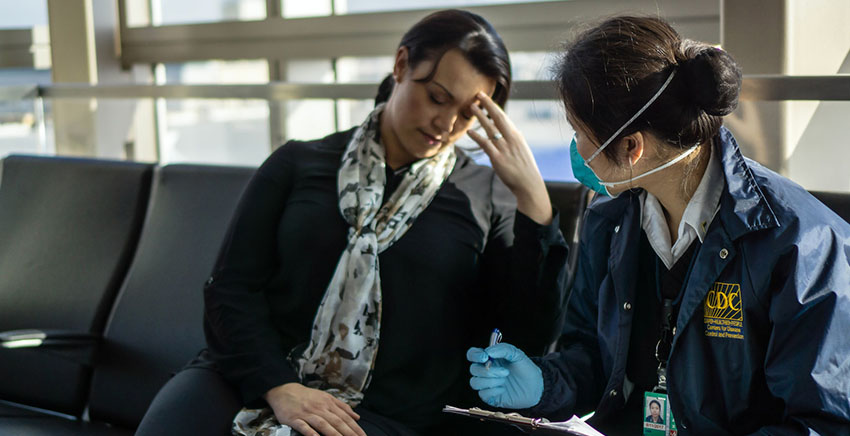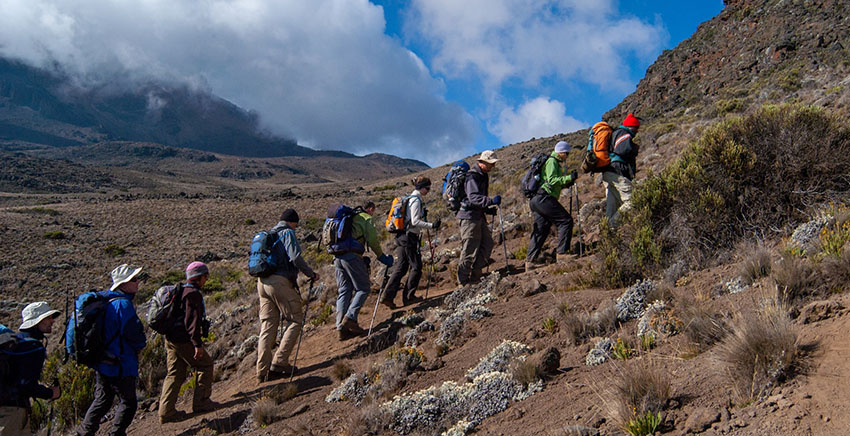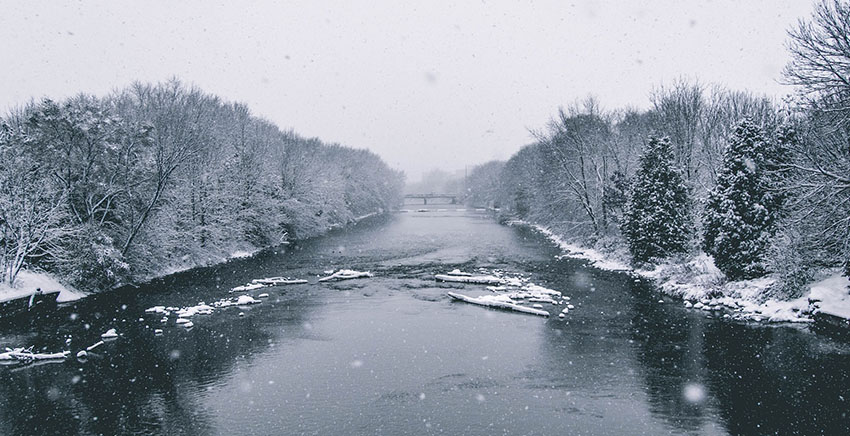

How to adjust to changing climates when you travel
When you travel, adaptation, or gradually adjusting to the weather and climate variations in various locations, is crucial.
Your ability to adapt to a new environment depends on your age, general health, and fitness level. An average healthy person needs two weeks to adjust to the atmosphere of a new location. However, if your vacation will last shorter than two weeks (as it will for the majority of people), there are several things you can do to prepare for temperature swings, whether they are brought on by altitude, extremely hot weather, or bitter cold.
The Early Symptoms of Climate-Related Illness During Traveling
High-Altitude Areas

Typically, whenever we discuss high-altitude climates, we’re referring to places that are between 4,921 and 11,483 feet above sea level. Numerous things can take place whenever you travel to a high-altitude place. You can have a headache, feel worn out, feel dizzy, have trouble sleeping, or have stomach cramps. One to two days after you arrive at the area, these symptoms typically begin to appear.
Extremely Cold Regions

Frostnip, frostbite, and hypothermia are health concerns in extremely cold settings and happen whenever your temperature drops to at least 95 ℉. You may experience symptoms of acute, moderate, or extreme hypothermia, including goosebumps, severe shivering, or an increased heart rate. Additionally, it might be challenging to carry out simple tasks with your hands.
People with poor bloodstream or low body heat generation are more likely to develop frostbite because their bodies are less able to control temperature. Additionally, external influences like drinking alcohol can impact how you react to chilly temperatures. You are much at risk for developing cold-weather illnesses because alcohol causes your blood vessels to enlarge, giving you a false impression of warmth and expediting the loss of your body heat.
Extremely Hot Regions

Heat rash, disorientation, fainting, or heat cramps following vigorous exertion are all indicators of temperature disease in areas with intense heat. Heat exhaustion, which can cause intense thirst, nausea, sweating, and a loss of coordination, is more likely to occur in older persons, people with high blood pressure, or people who have other chronic diseases. In some areas, heat stroke is also a risk. When the body becomes unable to control its temperature, a condition known as heat stroke occurs. It is best to contact a doctor right away to ensure your situation isn’t dangerous if you are traveling to a hot area and have a high temperature and feeling dizzy.
Plan Ahead & Make a Strategy to Stay Healthy Before You Travel
It’s crucial to prepare in advance and ensure that you understand how to stay healthy in a foreign environment if you intend to travel to an area with a severe climate. Before you travel, first have a physical examination by your doctor. You can get guidance from a doctor to help you get ready for your vacation and reduce your chance of getting sick.
High-Altitude Areas

Plan your trip so that you receive sufficient rest and have sufficient time to settle down to a new climate, and make sure to pack any essential medications ahead of your travel. In high-altitude conditions, this is particularly crucial.
The fastest way to recover from any of the symptoms I just listed, as well as more significant indications like breathing difficulties and excessive fatigue, is to descend to a lower elevation as soon as you can.
Extremely Cold Regions

Make sure you have the appropriate clothing if you’re going somewhere with a really cold temperature so you can protect your skin and maintain as much body heat in. A thick coat and jeans are a given, but you should also wear warm socks and gloves to prevent your feet and your hands because frostnip most commonly affects fingers and toes. If you find that you have frostnip, immerse the affected parts in warm water rather than hot water. Go to the hospital right away for emergency care if your limbs are frostbitten.
Extremely Hot Regions

Wear lighter, loose clothing and keep hydrated if you intend to travel to hot climates to avoid heat exhaustion and dehydration. Wear protective gear and a hat if you intend to spend time outdoors in the sun to avoid sunburn and reduce your risk of developing pigmentation. Consider possible indicators of heat exhaustion or heat stroke in severely hot areas. Try to leave the direct sun and drink water if you feel faint, lightheaded, or confused. If you keep feeling lightheaded, get help as soon as you can.
Conclusion
Although you might be hesitant to alter your travel plans because traveling can be thrilling and enjoyable, your health should come first. You can maintain a healthy lifestyle and enjoy your trip by taking the proper care and planning everything in advance.




